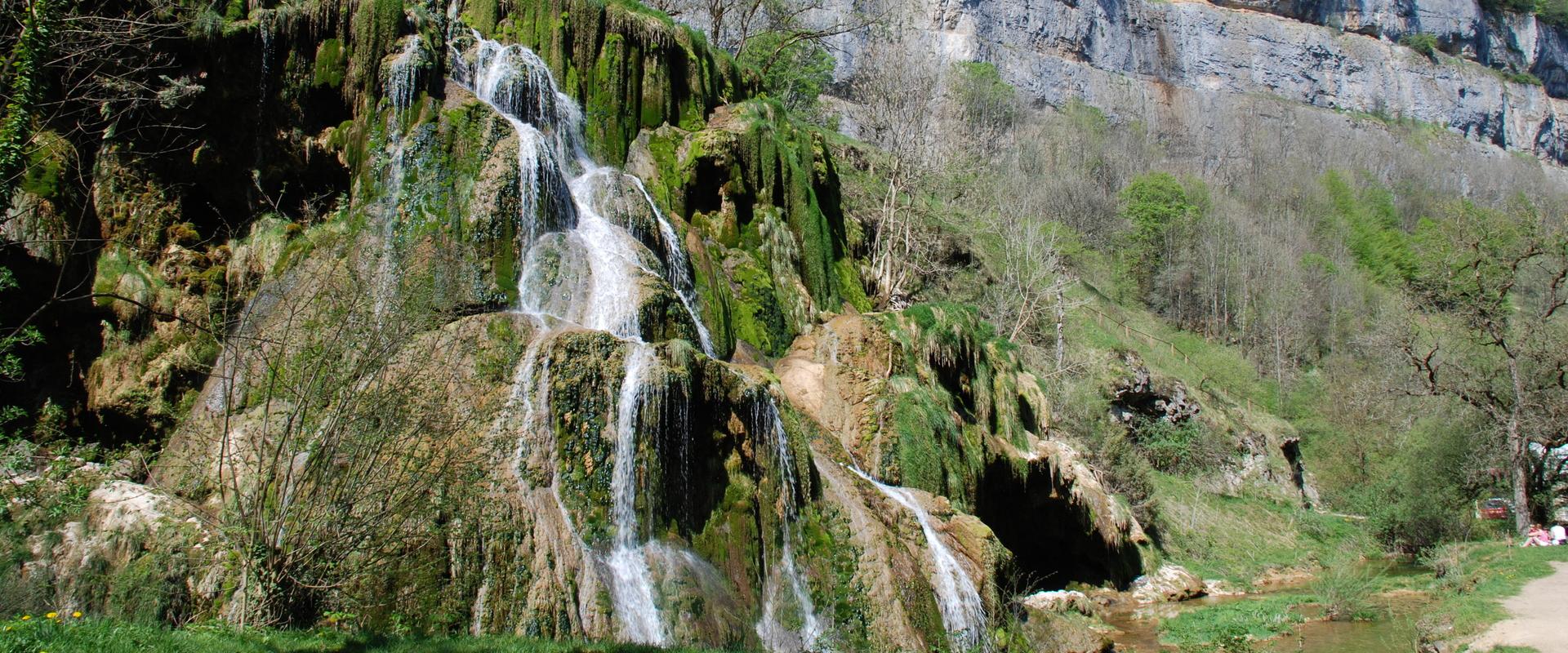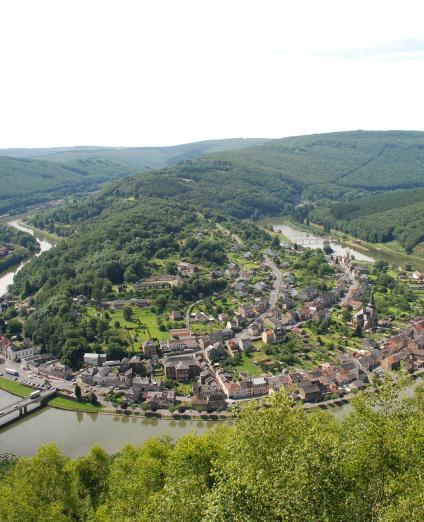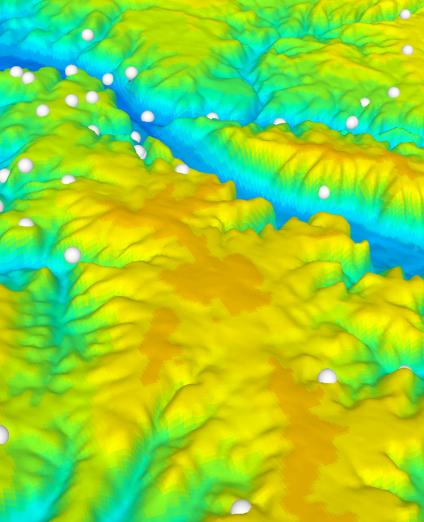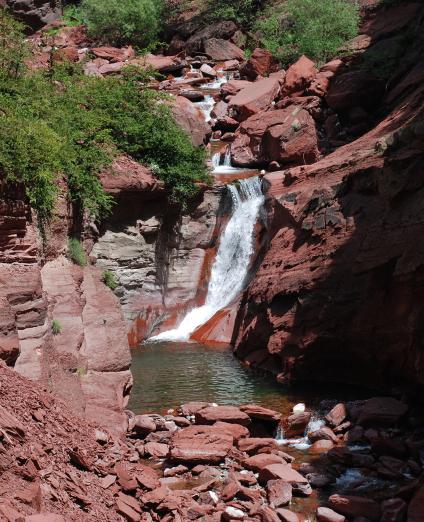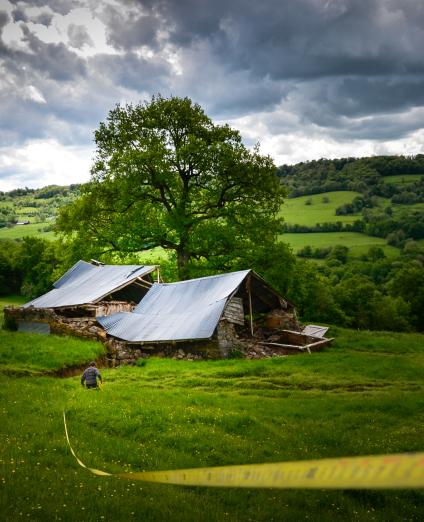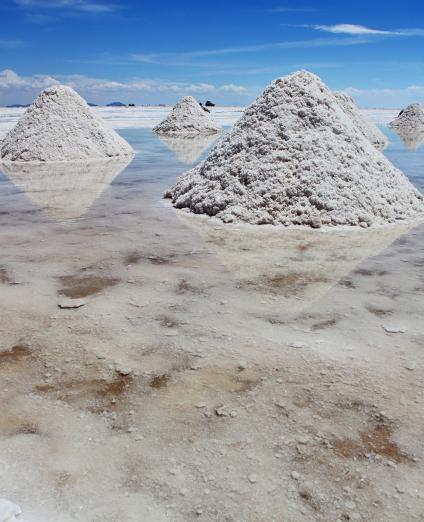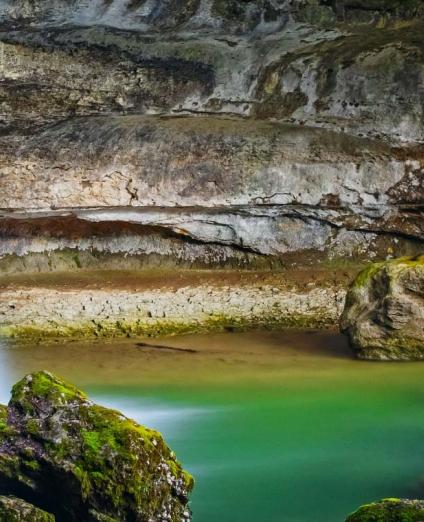As a public institution for research and expert studies, BRGM contributes to the dialogue between science and society in its different fields.
Establishing a dialogue with civil society representatives in the French regions
BRGM's regional representatives organise meetings with representatives of civil society groups to discuss regional environmental questions relating to BRGM's areas of expertise and on which papers and articles have been published.
These meetings provide opportunities for open and constructive discussions. They stimulate exchanges of knowledge - or of knowledge "gaps” - questions from all parties and the expression of their expectations, while observing the ethical principles that guarantee transparency and trust and preserve the independent judgement of all concerned
Summary of the meeting held at Ornans on 5 October 2016
Topic on the agenda
The future of water resources in the rivers of Franche-Comté
Date and venue
Wednesday, 5 October 2016 in Ornans (25).
Agenda
- Presentation of the activities of BRGM and the Franche-Comté Regional Division concerning the impact of climate change on water resources
- Round table on participants’ expectations
- Discussion on the topic and related challenges for the region
Participants
6 participants, respectively from the following organisations:
- Group on karst inventories, protection and studies;
- CPIE du Haut-Doubs;
- Conservatoire d’espaces naturels de Franche-Comté;
- Syndicat mixte de la Loue.
The Engineering Consultancy for Environmental Sciences, the City of Besançon, the Municipality of Ornans, France 3 Franche-Comté, the Interdepartmental Chamber of Agriculture of the Doubs (25), the EPTB for the Saône and Doubs and the Rhône-Mediterranean-Corsica Water Agency (Besançon delegation) also participated.
Participants' expectations and questions, discussions
How is the water temperature likely to evolve in the next few years? This is important as trout no longer feed at temperatures above 19-20°C and die at 22°C.
Since the 1970s, the amount of mineral elements in the waters of the Doubs plateaux has increased and the waters are warmer. In the last ten years, the water temperature has warmed by an average of 0.2°C at the Arcier spring near Besançon, while the river water at Chenecey-Buillon has warmed by an average of 0.7°C.
Will the increase in calcium levels in the water continue?
Over the last ten years, the calcium concentration has increased by 8 mg/l at the Arcier spring near Besançon, where calcium and bicarbonate are the predominant mineral elements in the water, which circulates through limestone rock. While this does not have a negative impact on drinking water, the increase raises the question of consequences for ecosystems.
How does the future look for the water resources of the Franche-Comté rivers?
Groundwater in the Franche-Comté river basins is a fragile resource due to the karstic context of the Jura massif. Groundwater plays a fundamental role in the hydrological system of rivers, which are fed mainly by springs that drain the plateaus. The chronic deterioration of water quality in Franche-Comté rivers is raising the question of the health status of its groundwater and its vulnerability to climate change and human activities.
What about the rate of water transfer in a karst environment?
In a karst system, water is transferred very quickly from the surface to the interstitial groundwater, which is the water in the cracks in the limestone rock that forms the aquifer.

